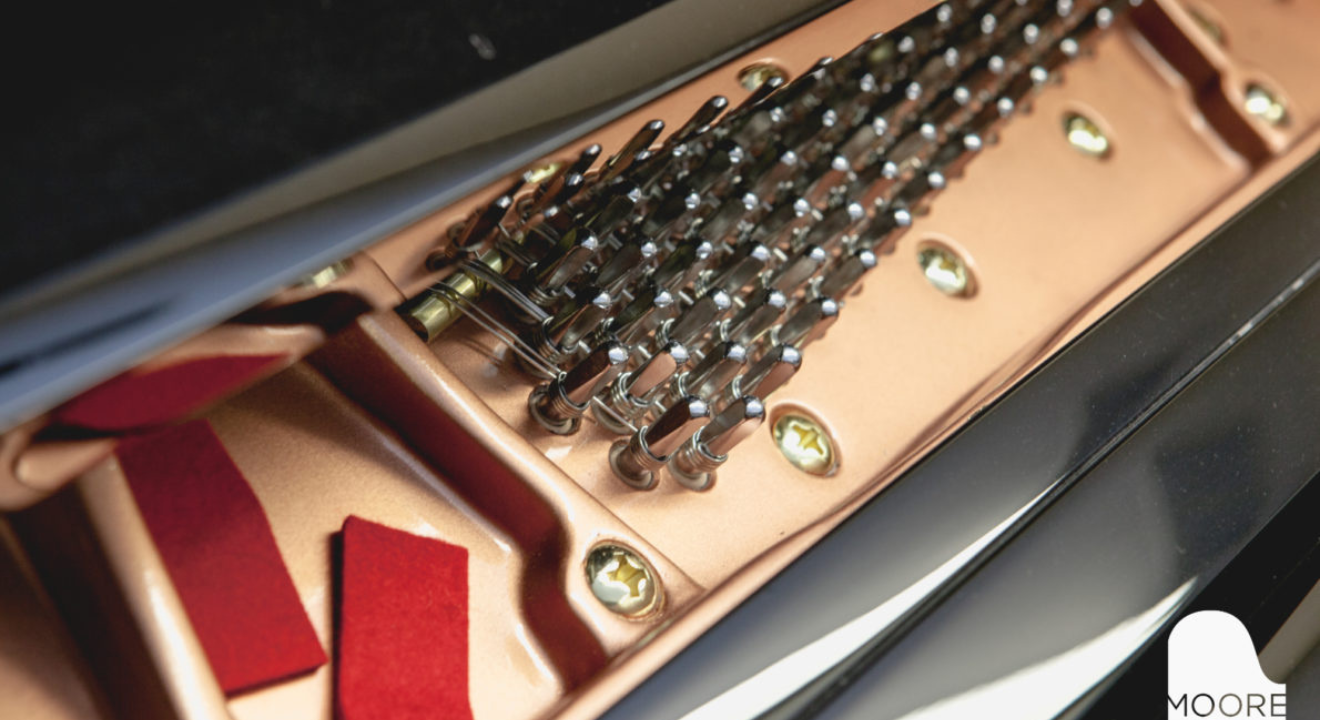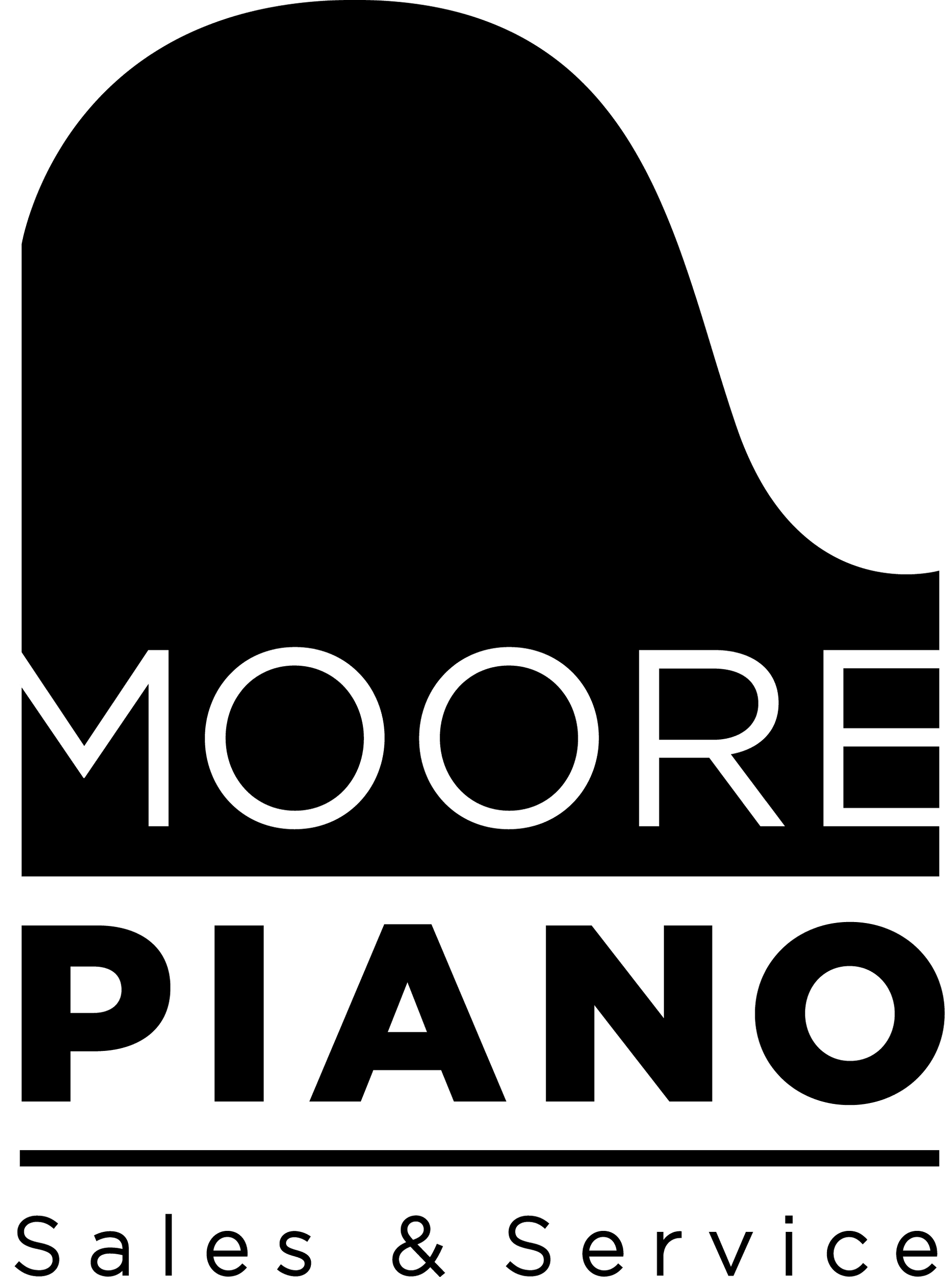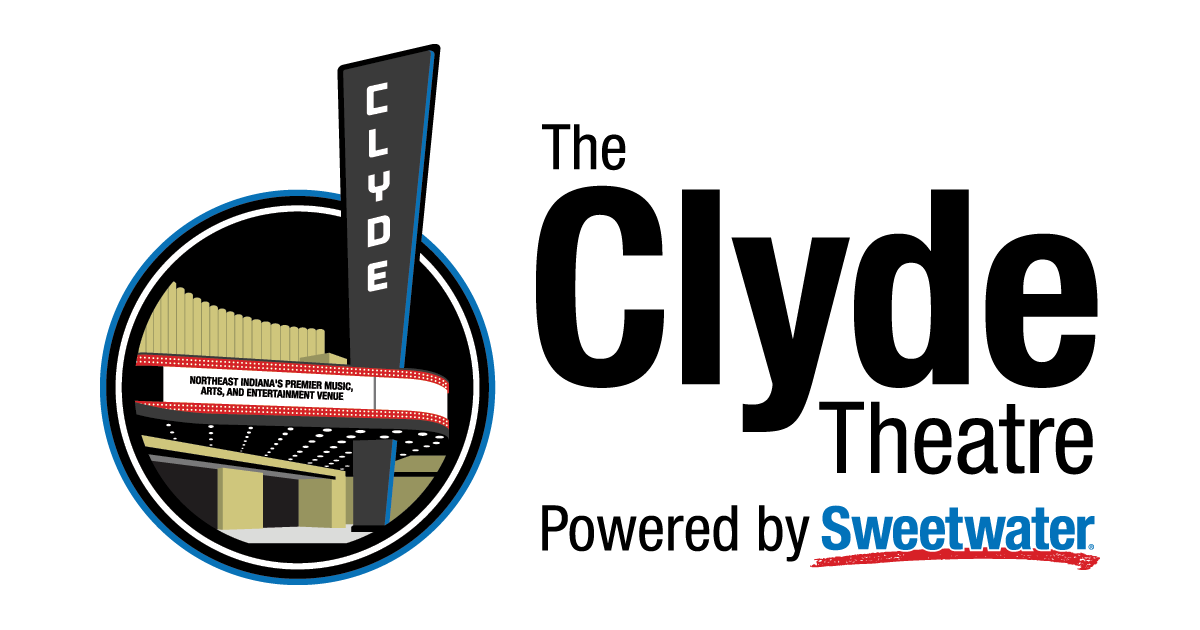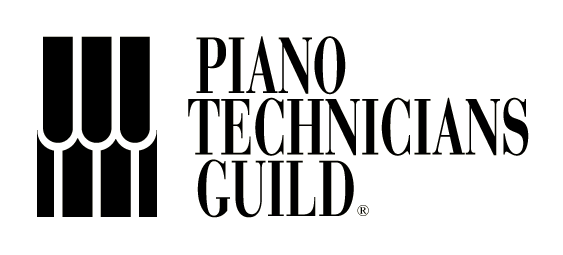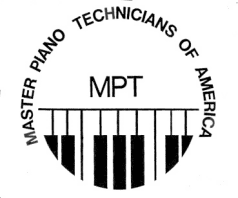How to Record Your Acoustic Piano
In the past few months of our “Stay Home Orders” there has been an exponential increase in online concerts. Whether these were major stars like the “One World” concert back in April or the many Facebook Live recordings from an individual’s home, we have heard the importance of two things:
- The importance of having your piano tuned…
- …and the importance of adequate microphones.
Acoustic pianos have their own nuances just by the nature of their engineering. They have partials and back scale areas that make mic placement important. Placed incorrectly you can end up amplifying areas of the piano that would normally blend in when not mic’ed, causing the piano to sound harsh or muddy.
Piano Tuning
Microphones of any type will exaggerate any faults in your tuning, clicks, hammer strike noise, and pretty much anything else. Major recording studios will have their recording piano tuned each day before a session and sometimes mid-day if it’s going to be an all day event.
This is because the piano needs to sound as clean as possible, and tunings can drift just enough through the day that the microphones will pick up and exaggerate how out of tune the piano is. It is likely not enough for the human ear to hear in person, but the mic sure will pick it up.
Mic’ing a grand piano
There are many good ways to mic a Grand Piano for recording or live streaming. Unfortunately as we’ve heard, your microphone on your phone or iPad isn’t really one of them.
A regular vocal mic on a stand can work well if its placed properly. It should be placed near, or in, the tail of the piano a few inches above the strings. Try to have it near the area that the strings cross.
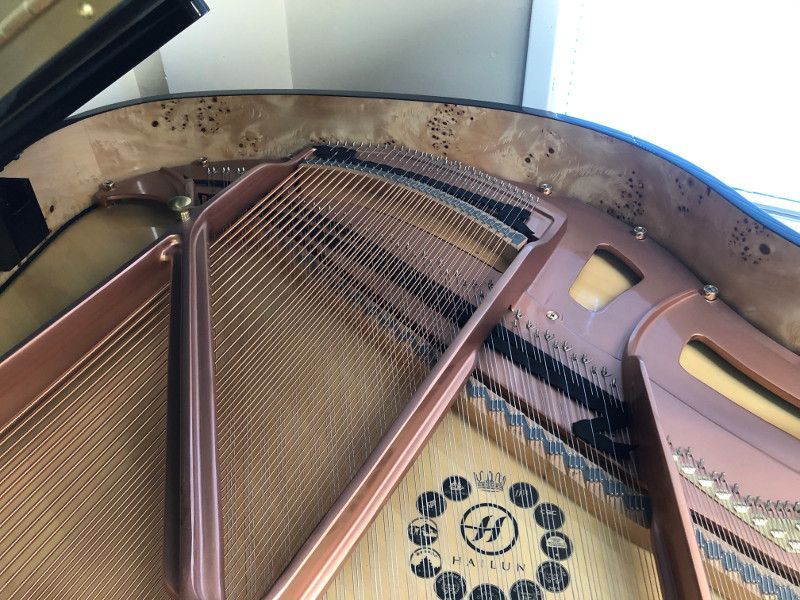
One big downside to this method is that these microphones are multidirectional and will pick up all noises around them, like loud motorcycles outside, firetrucks etc. The tendency with this method is to put the mic in the side of the piano near the treble strings. The problem with this is that the mic will pick up a high level of the treble and very little bass.
Here are some more ideal methods (see images below). There are also specific mic clamps for these applications.
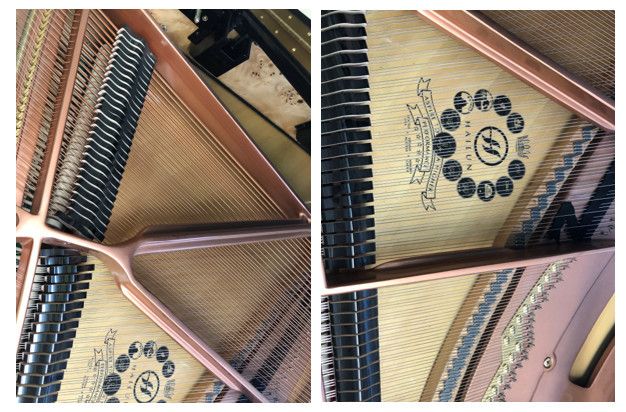
Use two small diaphragm omnidirectional mic’s placed a few inches behind the dampers and a couple of inches above the strings. Separate them by about 18”, one over the bass and one over the mid treble area. There are a few manufactures that make a setup like this specifically for a Grand Piano, like Earthworks.
You can also use one small diaphragm omnidirectional mic in the center of the piano. Place this mic in the middle of the piano just a few inches behind the dampers.
A third method would be similar to using the vocal microphone, but will work better. Place a large diaphragm cardioid mic at the tail of the piano where the strings cross a few inches above the strings.
Mic’ing an Upright Piano
Putting a microphone in an upright piano can be a bit more tricky. It may require some case parts being removed as well as some experimentation. These will be some general areas that are recommended as opposed to the specific locations listed for Grands.
It is best to use two microphones for an upright, one at the bass side and one at the treble and route them both through a mono channel. If you try to use only one mic you’ll likely end up picking up mostly bass, leading to a muddy sound, or mostly treble, leading to a very bright harsh sound.
If you place the microphones up near lid level you will end up with a brighter sound but will pick up the hammer attack, which might not be optimal.
If you move the microphones down to just above the hammer line you’ll get a slightly mellower sound with less hammer attack. If you move the microphones further down, below the hammer line, the tone will mellow out even more.
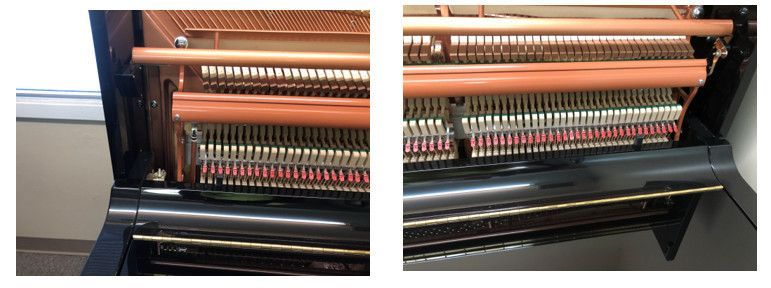
The bottom line is that properly mic’ing any piano, especially an upright, can take some experimentation to get the sound you want. Moving the mic just a few inches one way or another can make a big difference in tone, sound quality, and whether the mic picks up any other noise such as the dampers lifting or the hammer attack.
The post How to Record Your Acoustic Piano appeared first on Moore Piano.
The Unmatched Piano Blog
